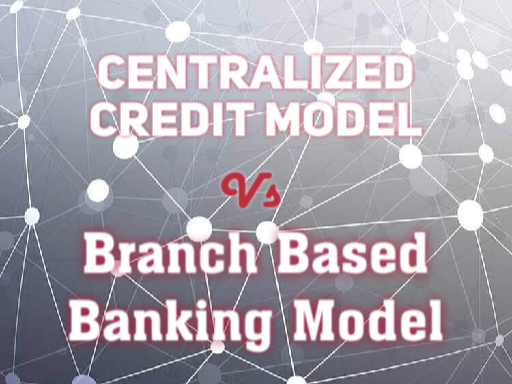Centralized Credit Model vs. Branch-Based Banking Model
Understanding the differences between these two banking models and their impact on loan processing and customer service.
What is a Centralized Credit Model?
In a Centralized Credit Model, loan approval and credit-related decisions are handled by a dedicated central unit, often located at the bank’s head office. This model ensures uniform credit policies, risk management, and efficiency.
What is a Branch-Based Banking Model?
In a Branch-Based Banking Model, individual branches have the authority to evaluate and approve credit applications. This allows for faster customer service and localized decision-making.
Key Differences Between Centralized and Branch-Based Banking Models
| Feature | Centralized Credit Model | Branch-Based Banking Model |
|---|---|---|
| Decision Authority | Credit decisions are made at the central unit (head office). | Credit decisions are made by branch-level officers. |
| Loan Processing Time | Longer due to centralized verification and risk assessment. | Faster processing as decisions are made locally. |
| Risk Management | Stronger risk control due to uniform policies and centralized assessment. | Higher risk variation due to individual branch assessments. |
| Customer Experience | Less personalized service, as decisions are not made locally. | More personalized service with direct branch-level interaction. |
| Operational Efficiency | Highly efficient for large-scale banking operations. | Better suited for smaller banks with localized services. |
| Scalability | Scalable for larger financial institutions with multiple branches. | Less scalable due to decentralized decision-making. |
| Compliance & Policy Enforcement | Ensures uniform policy enforcement across all branches. | Policy enforcement may vary between branches. |




